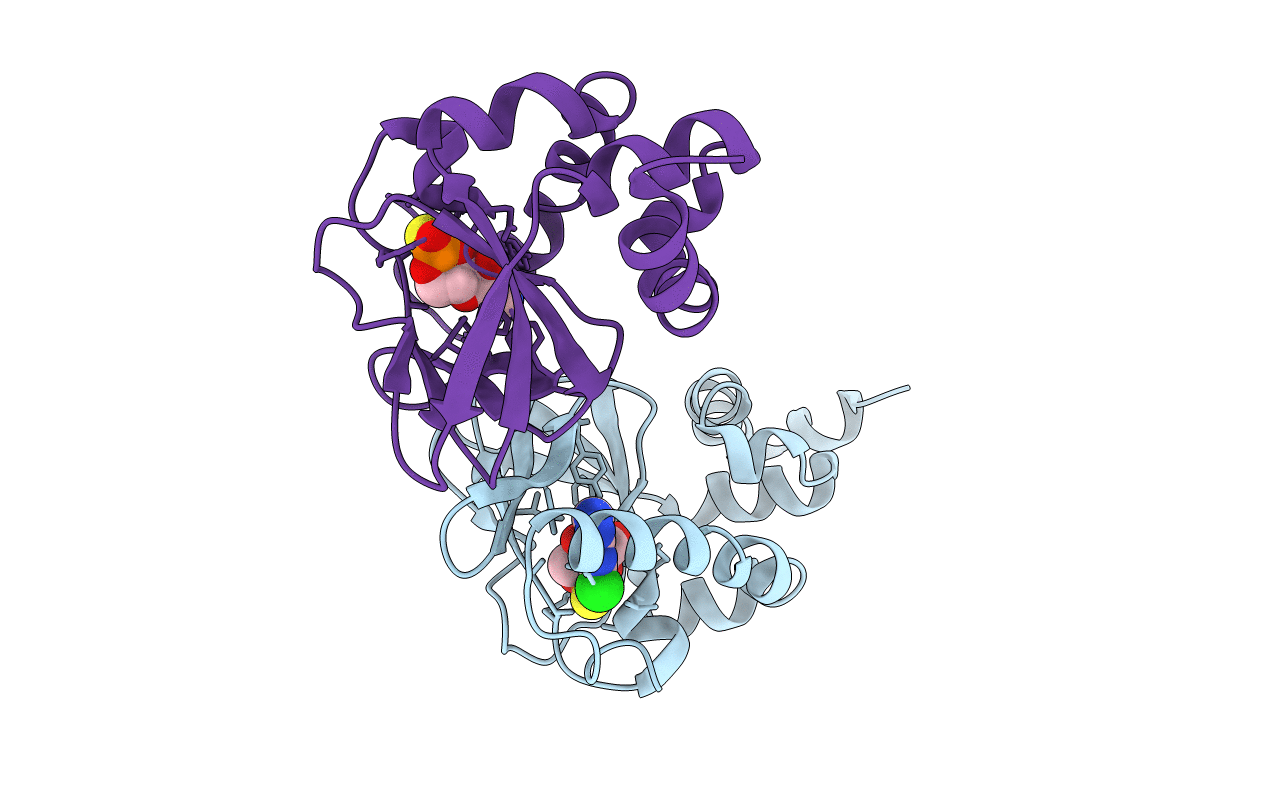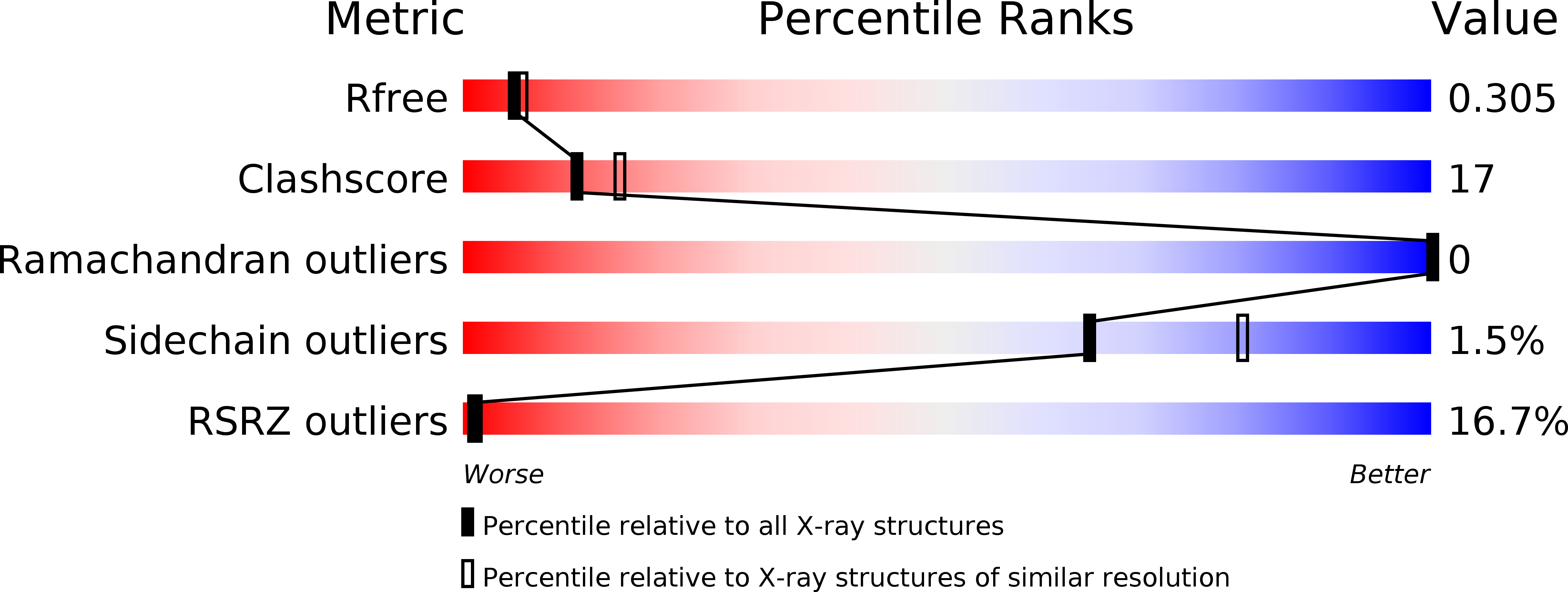
Deposition Date
2016-08-26
Release Date
2016-10-12
Last Version Date
2023-10-04
Entry Detail
Biological Source:
Source Organism:
Plasmodium falciparum (isolate 3D7) (Taxon ID: 36329)
Host Organism:
Method Details:
Experimental Method:
Resolution:
2.40 Å
R-Value Free:
0.30
R-Value Work:
0.25
R-Value Observed:
0.25
Space Group:
P 43 21 2


